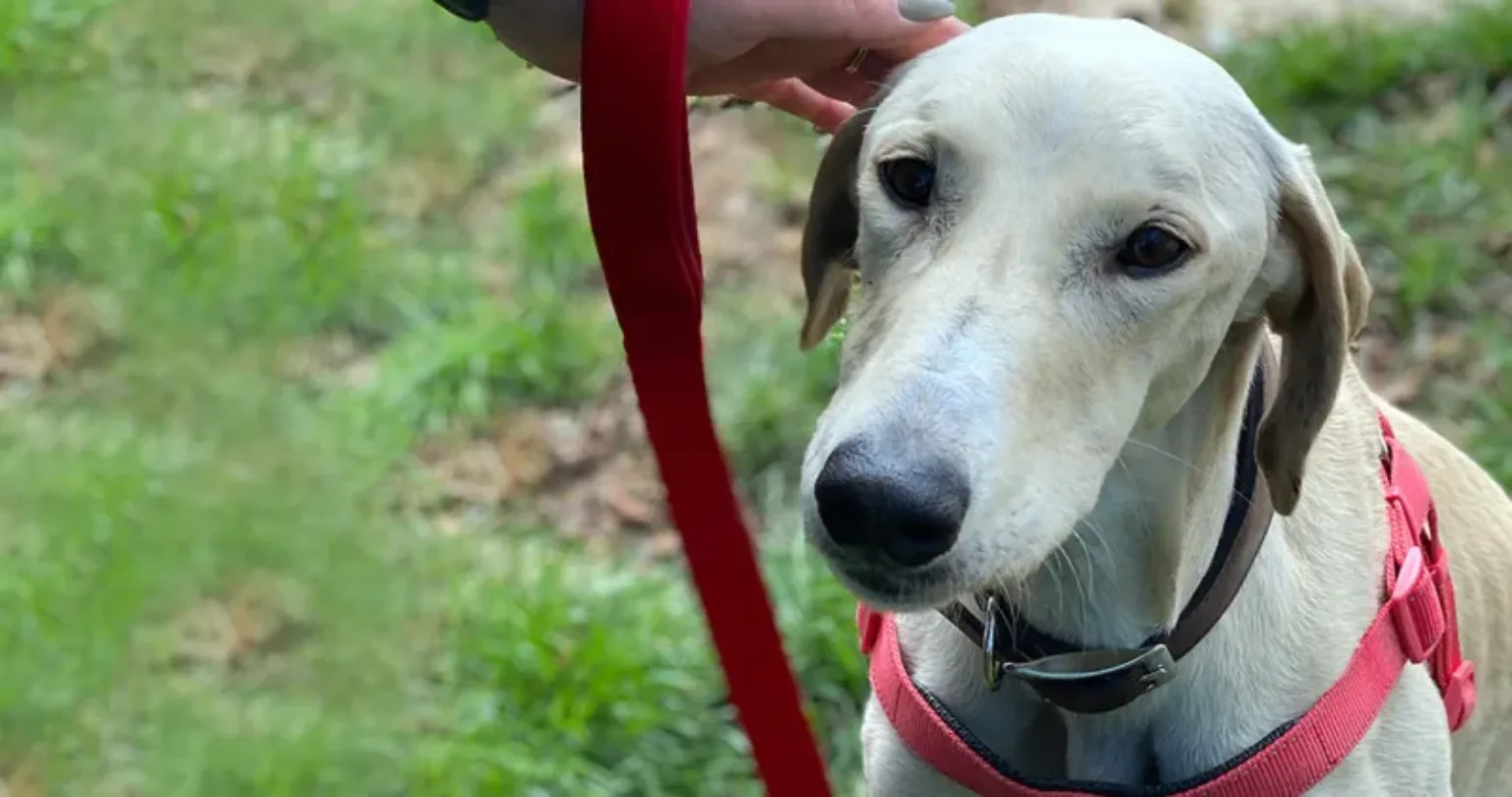When it comes to pets, we've all got questions
Ever feel like your pet is from another planet?

Dogs are social animals, but just like us, there are things that can make them frightened and anxious.
Whether it’s encountering new people, travelling in the car or being left alone, dogs can’t tell us what’s making them nervous. That’s why it’s important to spot the signs early so you can help them overcome their fears and build their confidence.
Anxiety is a natural emotion brought on by feelings of worry or fear about things that might happen. Our dogs can develop anxiety for a number of reasons. It’s our job as owners to support them and help them find effective coping mechanisms.
Anxiety comes in many forms and there are different ways dogs might show their anxiety. The most common one for dogs who struggle to be left alone is by barking, howling or becoming destructive. In extreme cases, this might become uncontrollable to the point where they might cause themselves an injury.
If your dog is showing these signs when left at home alone, please contact us and we will create an individual training plan for your dog and work with you to help this issue.
Other signs of anxiety include:
This is by no means a definitive list of signs, but if your dog is showing one or more of these, do get in touch to chat with our experts.
Anxiety is the fear of the unknown, so keeping to a routine as much as possible will avoid any surprises that might upset your anxious dog. This is sometimes hard to do in our modern everyday lives, so having a cue for each unexpected situation can be a good compromise.
Asking your dog if he wants to do things can help him predict what’s coming next, and feel better about it. Using phrases like “Let’s put your lead on”, “Do you want to go in the car?” or “Shall we go in the garden?”, can bring a bit of predictability to our dog’s day, helping them cope with potentially stressful events.
Giving your dog some control can be a great way of empowering them, and building their confidence. Using food puzzles, Kongs, cardboard boxes or towels is a great way of keeping your dog mentally stimulated. Challenging their mind will give your dog a little win! If you’re looking for more ways of keeping your dog entertained and mentally active, read our dog enrichment article.
Teaching your dog new tricks using positive reinforcement can be a great way of building their confidence. Once your dog has a few in their repertoire, you can use these cues in situations where your dog might be anxious. If you can get him to respond you will be flooding his body with happy endorphins, banishing those fearful emotions.
Here is a selection of our favourite tricks and games:
There have been lots of recent studies around scent in our dog’s lives. We can use this to our advantage with anxious dogs, as scent activities can build resilience and optimism in our pets.
Following a scent and searching for items or food actually changes the brain chemistry, releasing feel good chemicals and help tire out an anxious brain. Instead of throwing a ball repeatedly for your dog to chase (which fills his brain with activity related adrenaline) try hiding a few toys in the garden, in boxes, or around the house for him to search for with his nose.
Playing with your dog can also change their emotions for the better. Think about what kind of game your dog will like, for example, collies tend to enjoy chasing and catching games, whereas terriers might prefer chasing, grabbing and tugging. Gun dogs are likely to enjoy searching and finding games.
Playing and having fun will help your dog relax and release those positive endorphins. Some dogs however, will have to be encouraged to learn how to play.
If your dog is anxious about going for walks, it’s okay to take some time off. Perhaps you could just play some games in the home or garden and work on some basic training or tricks.
Taking a break from the activity your dog finds scary can make future walks more positive, especially if you let your dog have some control. Let them pick the route (as long as it’s safe!) and only stay out for as long as they want. If you feel their anxiety levels rising, change the subject with find it games, trick practice or some playtime. Some dogs cope better if you stick to familiar, quiet routes, too much change and stimulation can feed into their anxiety.
If you want to change your routine, make sure you do this gradually. For example, if you try a brand-new route on your walk one day, do a familiar walk (or play in the garden) the day after. This will allow your dog to recover from the experience.
There are a number of natural remedies available over the counter that can help your dog cope with mild anxiety, but if the level of anxiety is high, a chat with your vet may be worthwhile. Anti-anxiety medications are not designed to be given forever, but they give you a window of calm so you can teach your dog a new way to behave.
Initially, try not to expose your dog to things that frighten them. As their confidence grows, you can gradually make their world bigger as they learn to cope with things that scare them. Over-exposure to things that frighten them will hinder the progress and cause them to regress.
Many dogs and owners are living with anxiety. If you need more advice or support, please don’t hesitate to contact us.
You can read more expert advice on dog behaviour and training as well as healthcare and wellness on Ask Woodgreen.